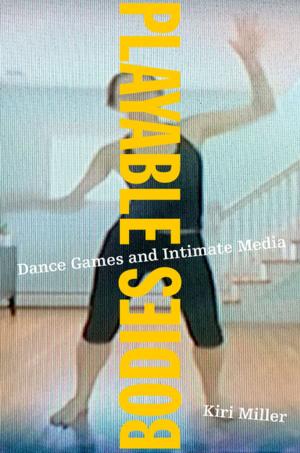Listen Up!
Fostering Musicianship Through Active Listening
Nonfiction, Entertainment, Music, Instruments & Instruction, Exercises, Theory & Criticism, Theory| Author: | Brent M. Gault | ISBN: | 9780199990535 |
| Publisher: | Oxford University Press | Publication: | April 5, 2016 |
| Imprint: | Oxford University Press | Language: | English |
| Author: | Brent M. Gault |
| ISBN: | 9780199990535 |
| Publisher: | Oxford University Press |
| Publication: | April 5, 2016 |
| Imprint: | Oxford University Press |
| Language: | English |
In Listen Up!, author Brent Gault approaches listening instruction by actively using other musical behaviors (singing, moving, chanting, creating) and aural, visual, and kinesthetic learning modes. This in turn becomes a way to foster in young children a deeper, more meaningful connection with musical material while at the same time strengthening their active listening skills. The book provides teachers with a compendium of sample experiences that utilize music listening excerpts not only to offer an opportunity to listen to select pieces of music, but to also reinforce given musical concepts (rhythm, melody, form) that are made prominent in the selections. While teachers may use Gault's examples exactly as they stand, Gault also provides an opening section of strategies that they may use to develop their own listening lessons based on the ones in the book, with the hope that they will develop their own strategies and lessons in the future. A key selling point for Listen Up! is its dedicated companion website of slides for each lesson, with visual material that students can view and respond to as they listen. An innovative and engaging book-and-website resource, Listen Up! will be of practical interest to elementary music specialists for use in music classrooms. The book will also be a resource for methods teachers working with pre-service music educators in addition to music education undergraduate and graduate students preparing to teach music at the elementary level. Visit the companion website at www.oup.com/us/listenup http://www.oup.com/us/listenup
In Listen Up!, author Brent Gault approaches listening instruction by actively using other musical behaviors (singing, moving, chanting, creating) and aural, visual, and kinesthetic learning modes. This in turn becomes a way to foster in young children a deeper, more meaningful connection with musical material while at the same time strengthening their active listening skills. The book provides teachers with a compendium of sample experiences that utilize music listening excerpts not only to offer an opportunity to listen to select pieces of music, but to also reinforce given musical concepts (rhythm, melody, form) that are made prominent in the selections. While teachers may use Gault's examples exactly as they stand, Gault also provides an opening section of strategies that they may use to develop their own listening lessons based on the ones in the book, with the hope that they will develop their own strategies and lessons in the future. A key selling point for Listen Up! is its dedicated companion website of slides for each lesson, with visual material that students can view and respond to as they listen. An innovative and engaging book-and-website resource, Listen Up! will be of practical interest to elementary music specialists for use in music classrooms. The book will also be a resource for methods teachers working with pre-service music educators in addition to music education undergraduate and graduate students preparing to teach music at the elementary level. Visit the companion website at www.oup.com/us/listenup http://www.oup.com/us/listenup















